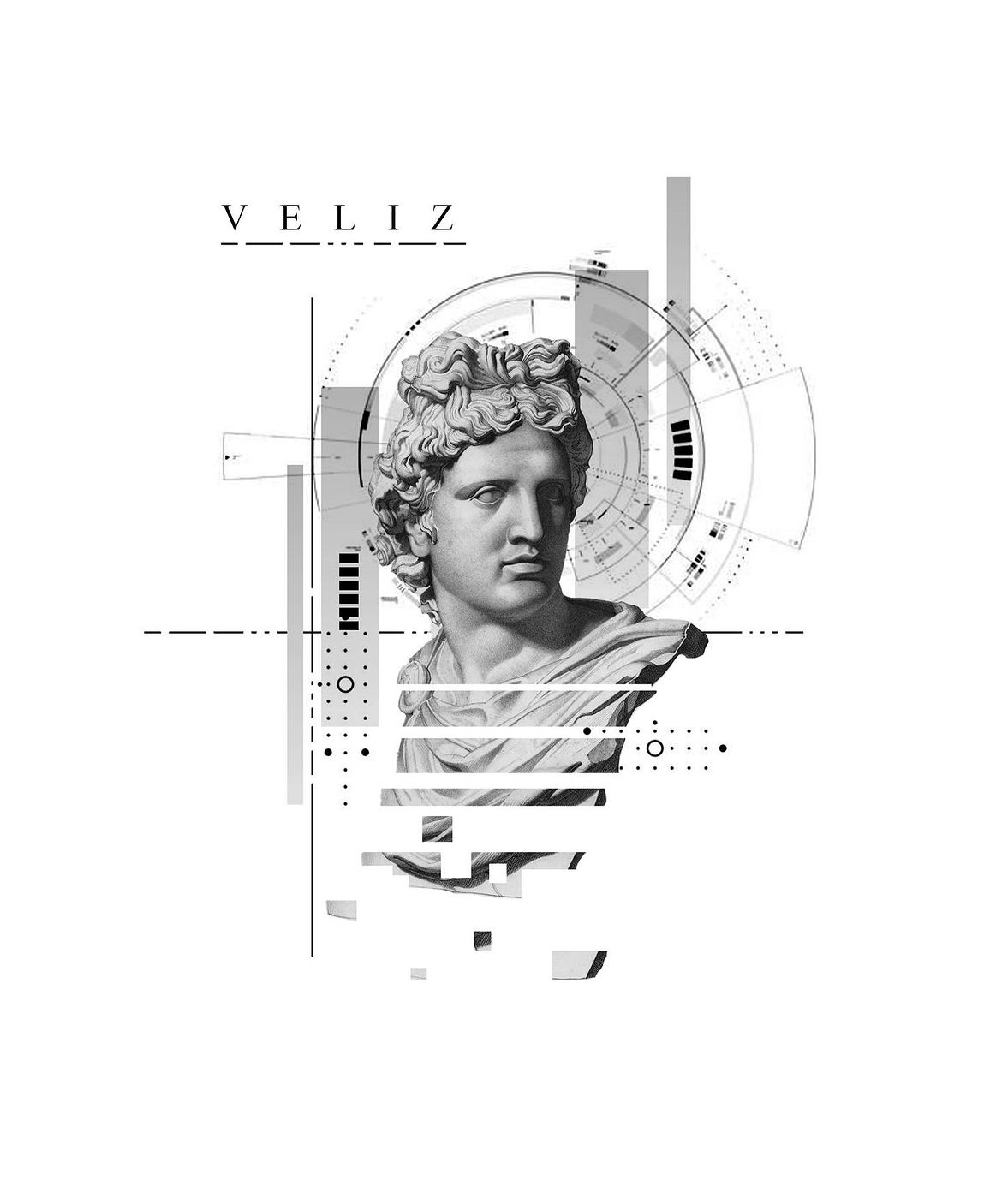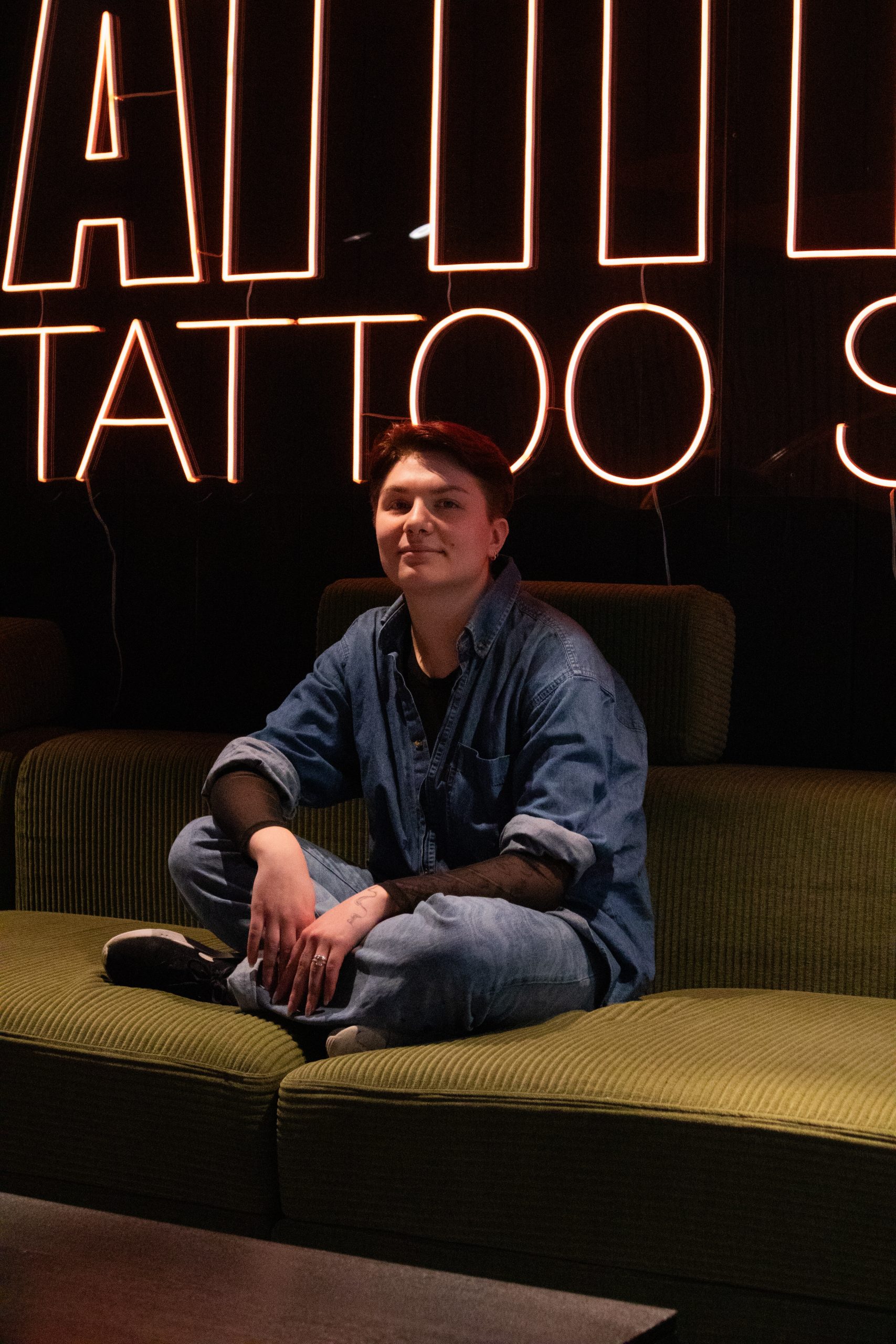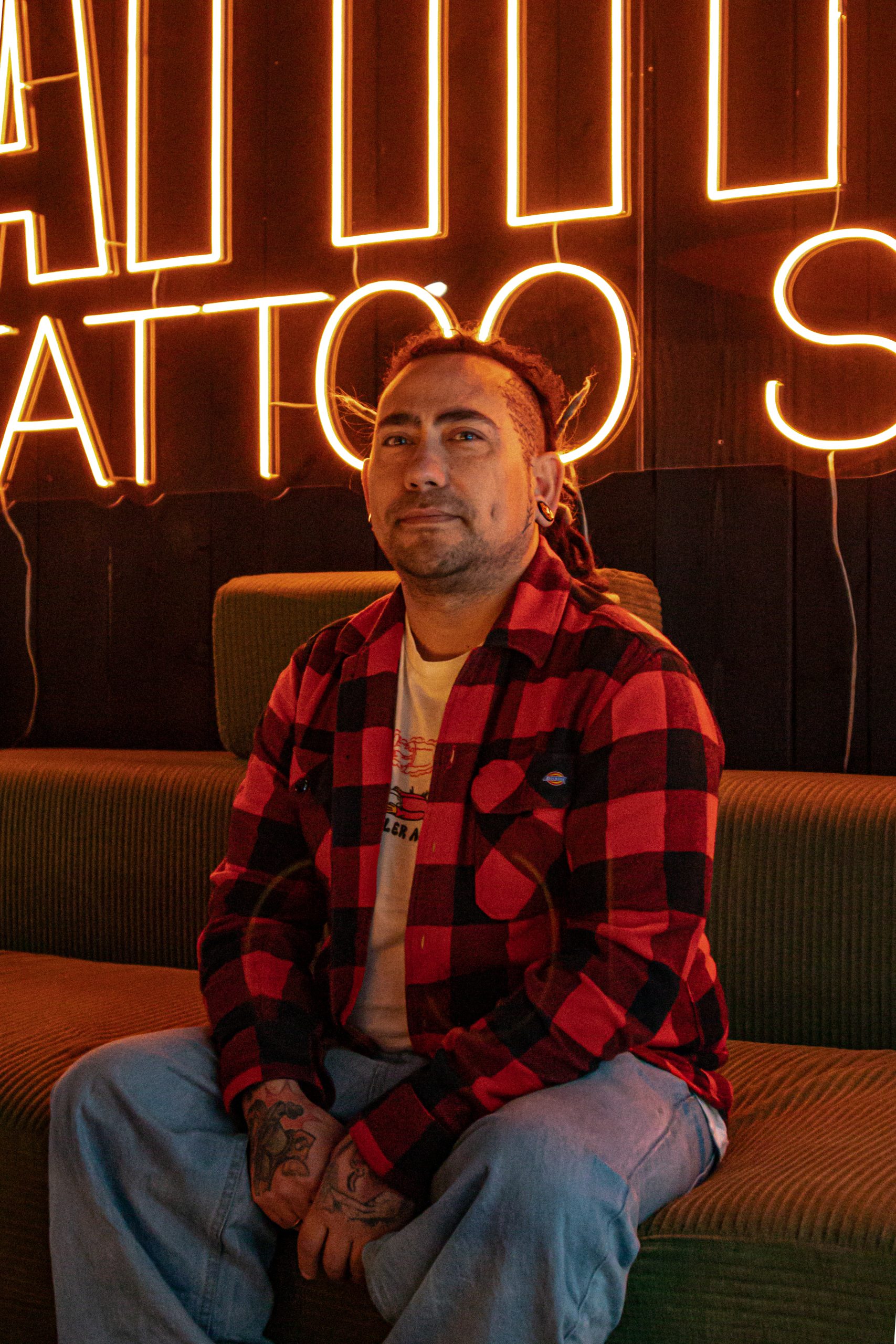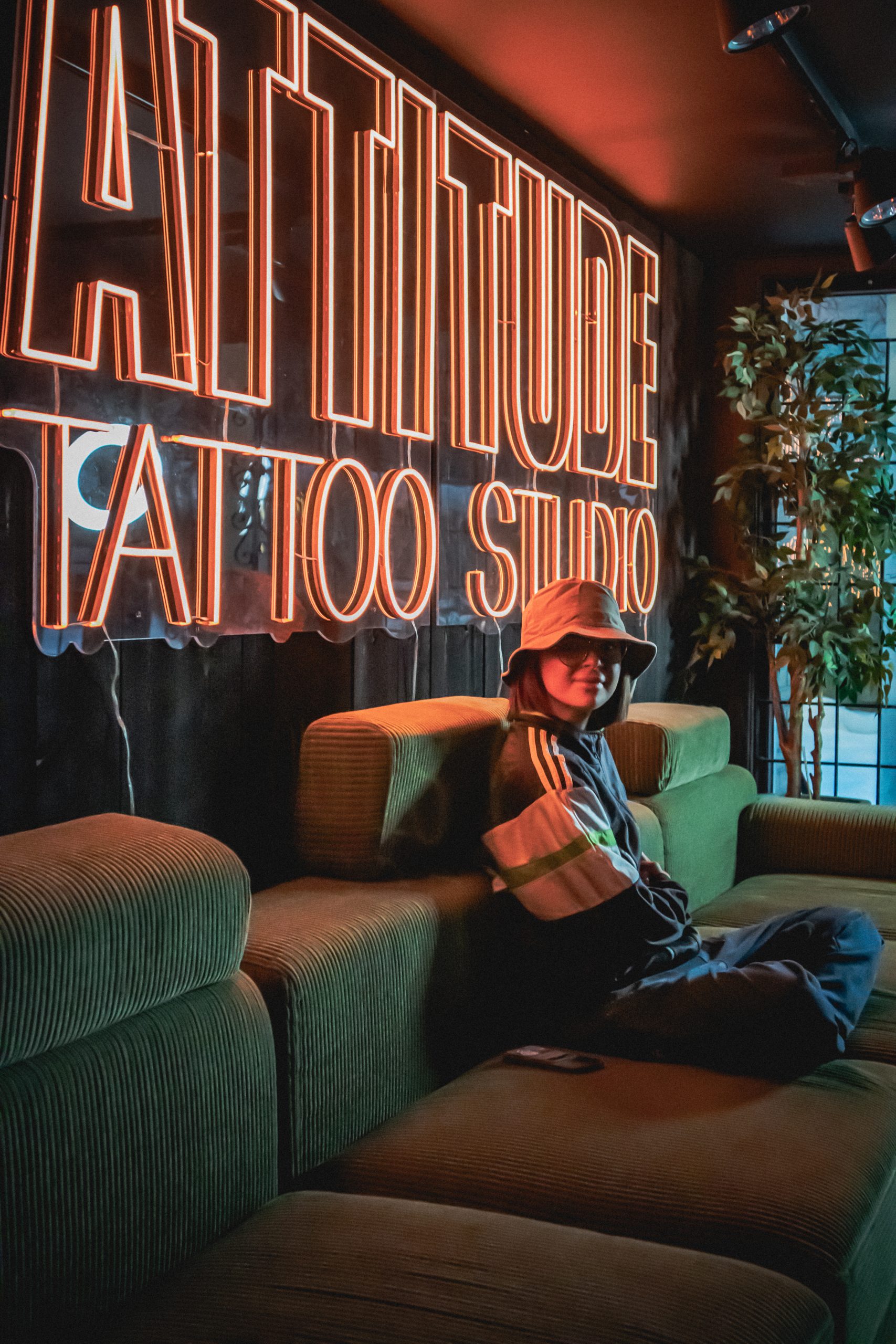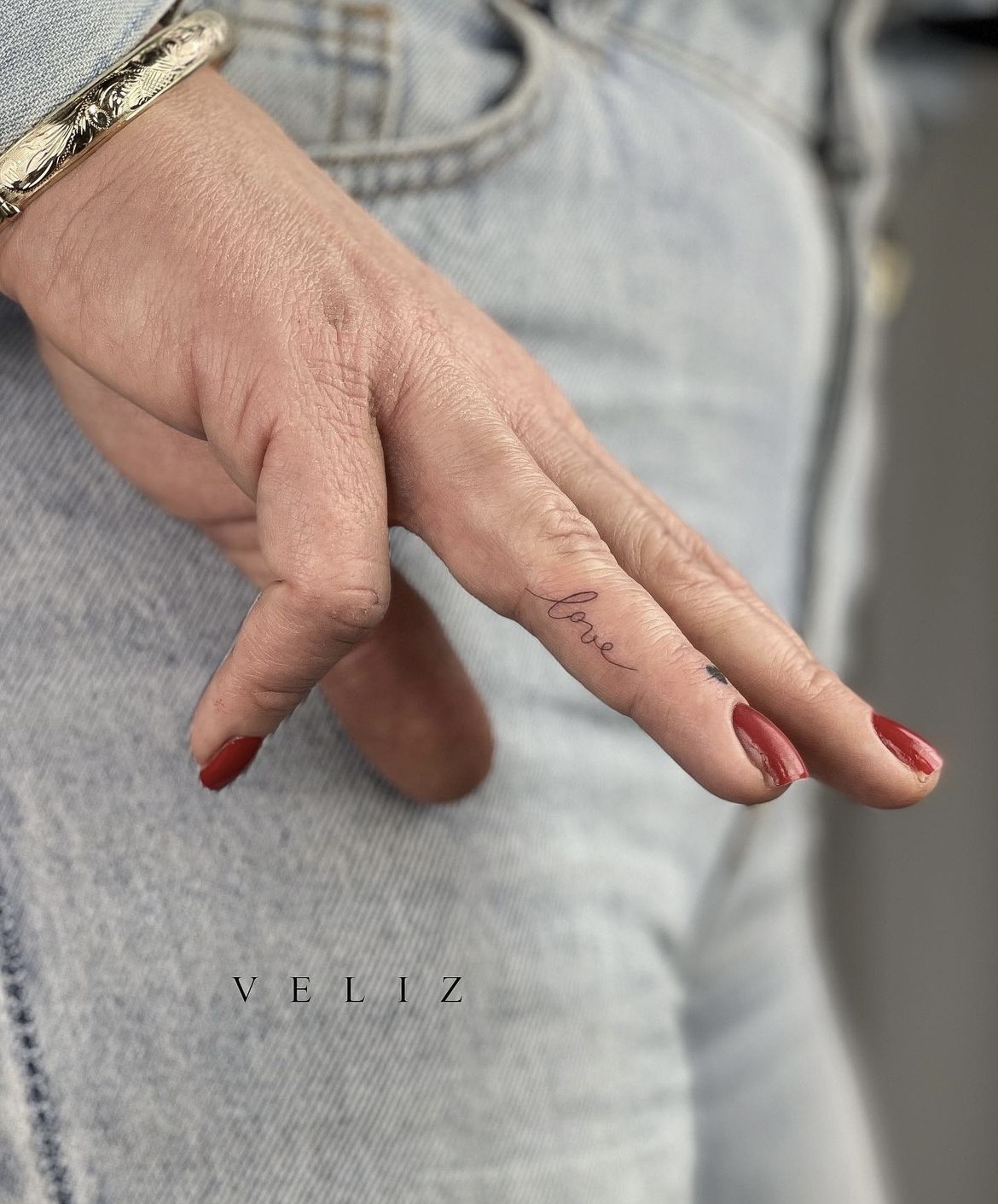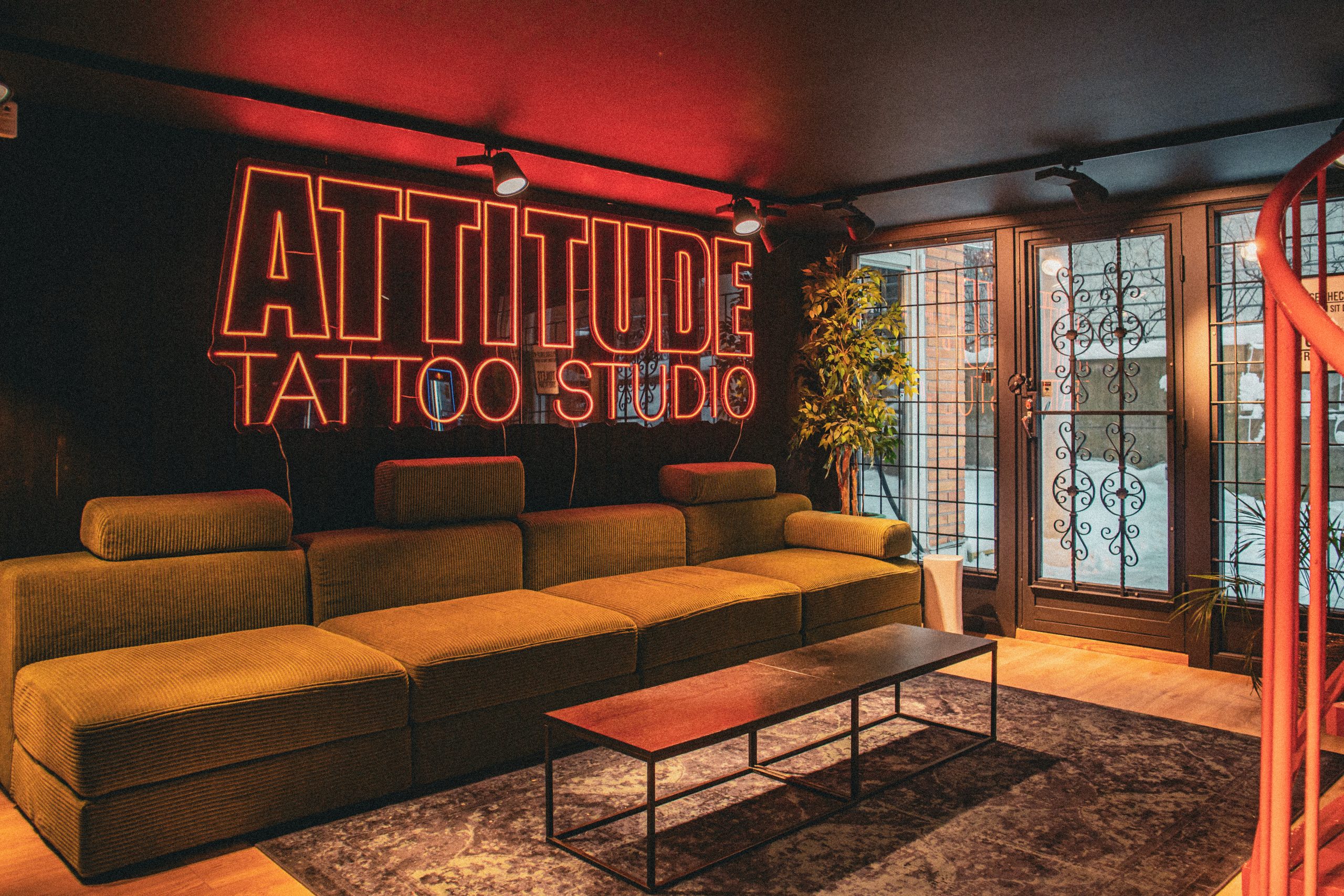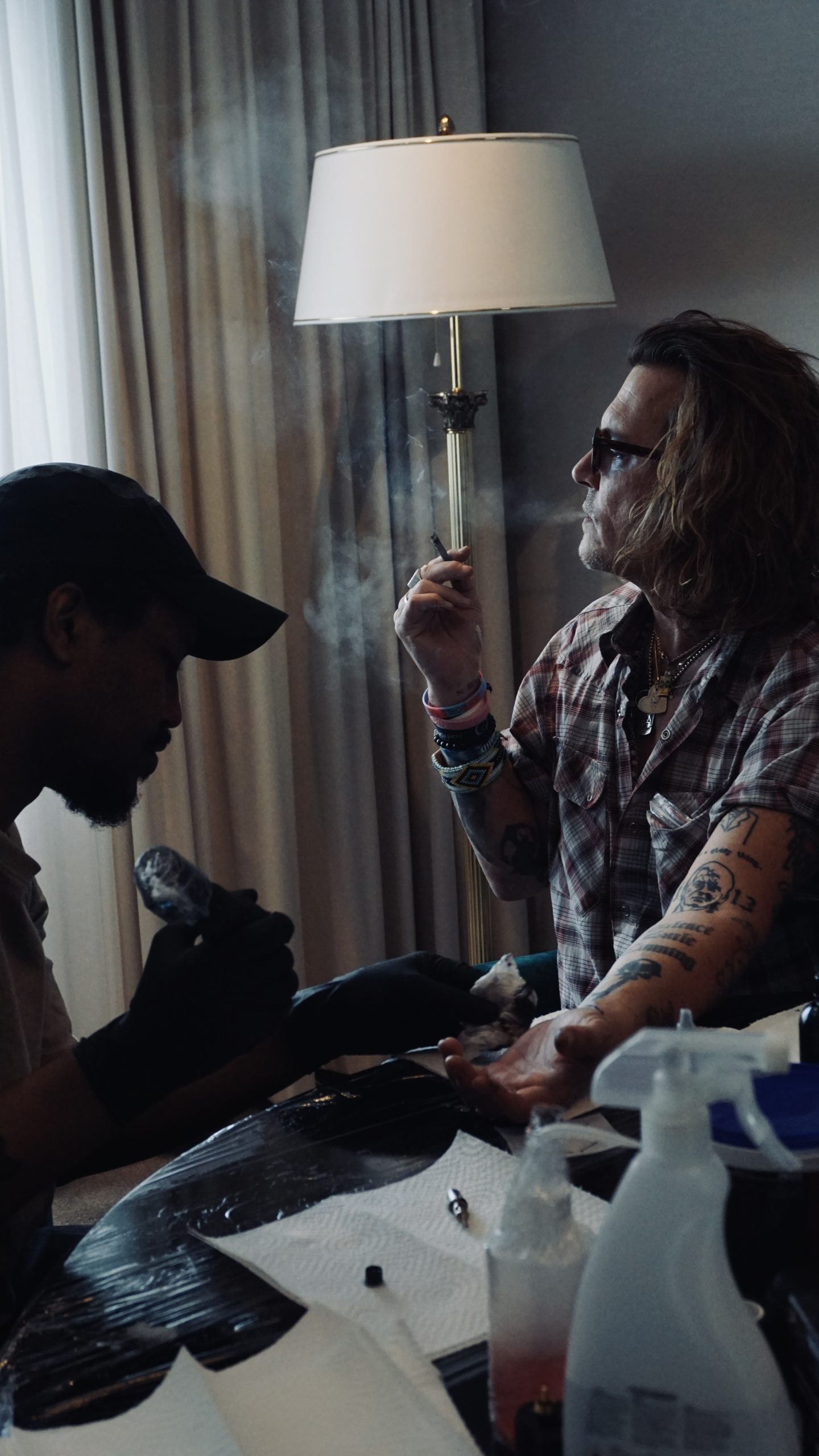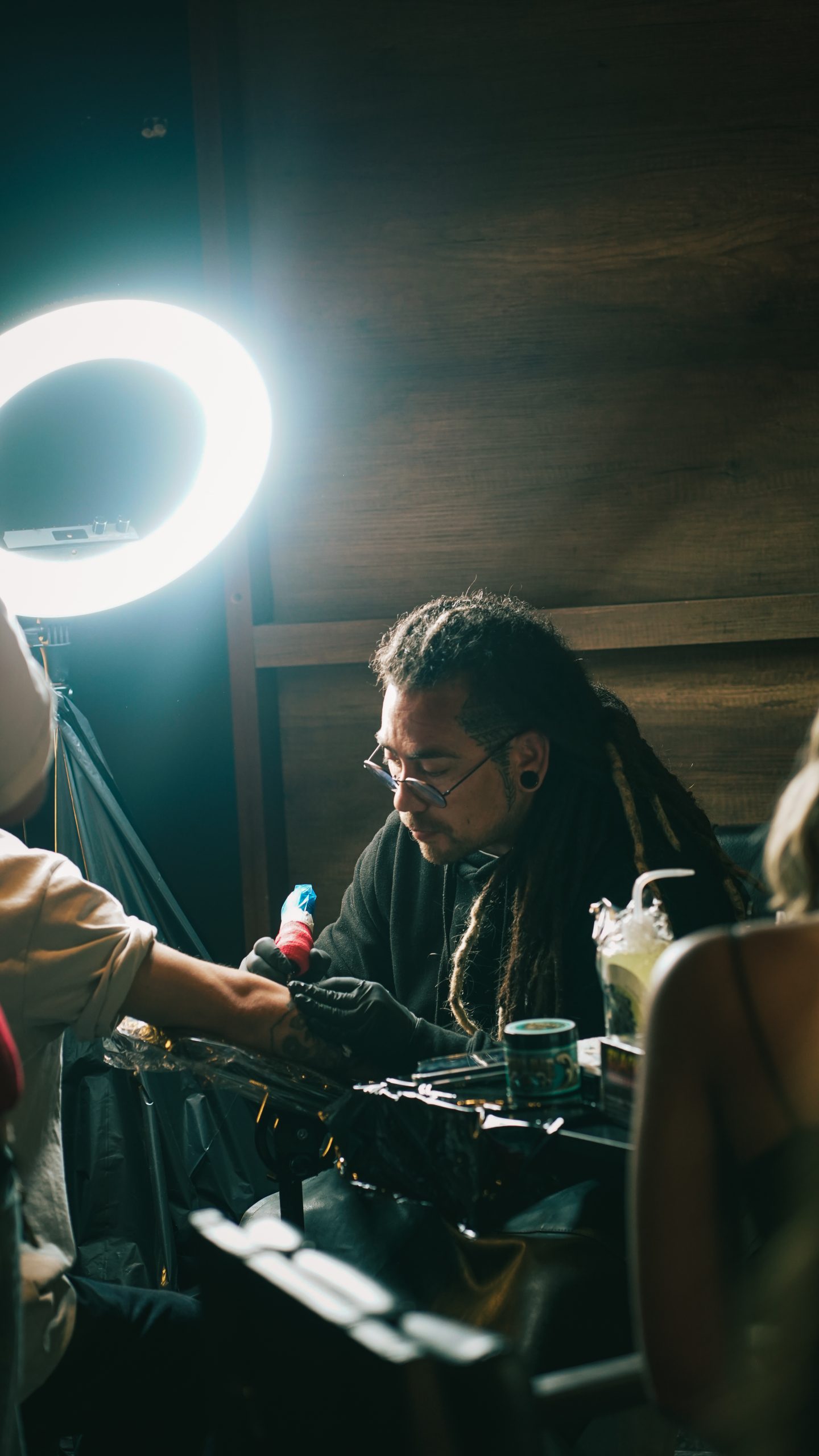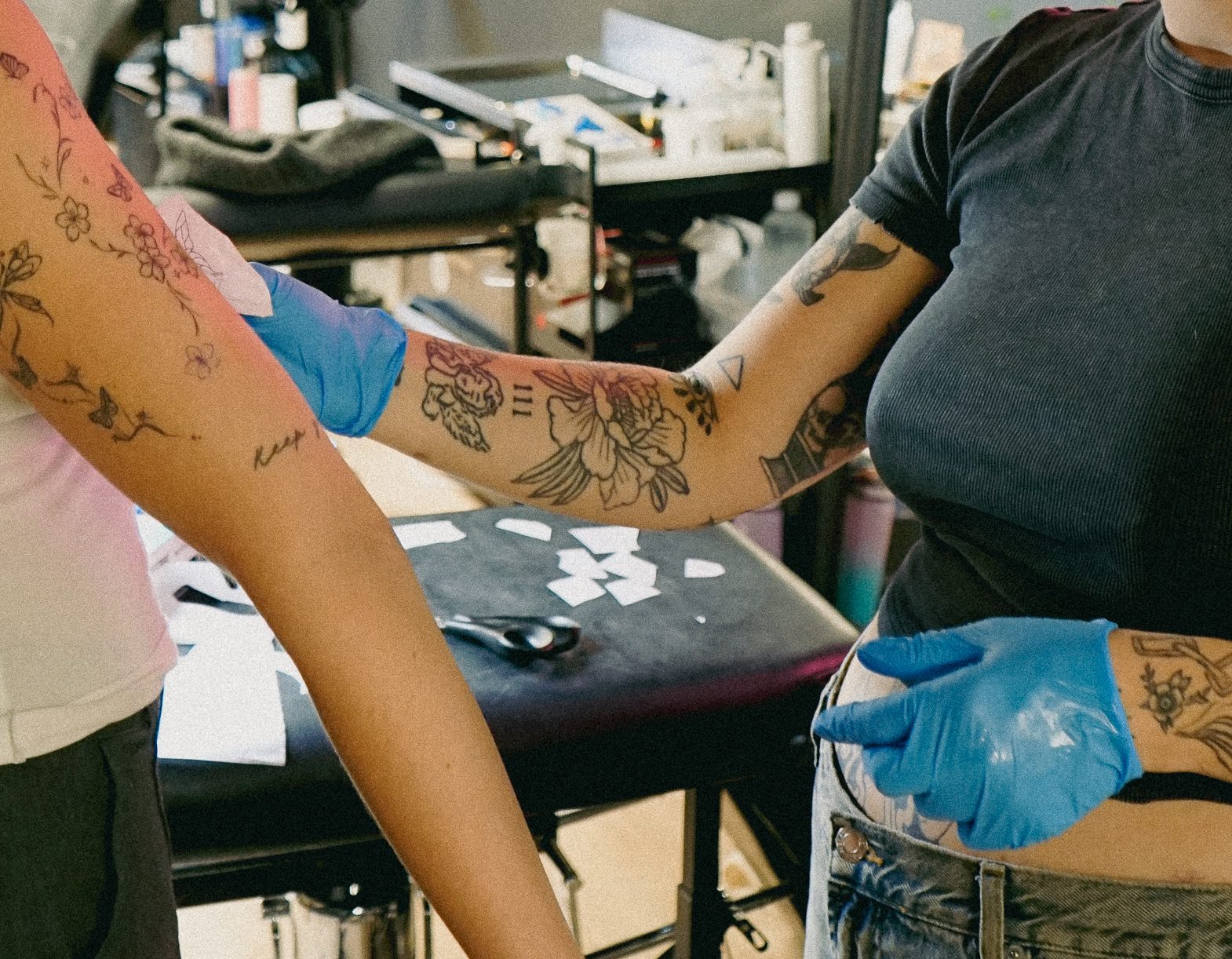Where did tribal tattoos come from?
Archaeological findings suggest that tools for tattooing may be as old as 40,000 years. However, the oldest concrete evidence of tribal tattoos can be found on the skin of Ötzi, a mummified man who lived around 5,000 years ago.
Today, tribal tattoos are often inspired by traditional Samoan, Polynesian, and Maori patterns. In these cultures, tattoos were more than just decoration – they held deep symbolic meaning for those who wore them.
The tattoos represented affiliation with a tribe, social status, and were used in both religious ceremonies and healing rituals. The designs often drew inspiration from nature and the tribe's surroundings, such as animals and landscapes, and told stories about their lives and identity.
Warriors often adorned themselves with tattoos depicting strong and fearsome animals or elements from nature. These symbols represented strength, skill, and combat spirit. Coastal communities often used patterns inspired by the sea, reflecting their close relationship with water and life by the shore.
Some styles within tribal tattoos
Samoan tattoos
This style is one of the most well-known and popular tribal tattoo styles. The tattoos are often large and cover areas like the shoulders, chest, and arms.
- For men: The tattoos are called Pe’a and are traditionally more extensive.
- For women: The tattoos are called Malu and are typically smaller and more detailed, with an artistic touch.
Maori style
Maori tattoos, or ta moko, often focus on the face because the head was considered the most sacred part of the body in Maori culture.
- Maori tattoos were used to display social status, occupation, and rank
- The designs are symmetrical and highly meaningful, but the process can be painful.
Hawaiian style
These tattoos date back to pre-western colonization and often use geometric patterns in black ink.
- Common motifs include flowers, stars, the sun, palms, and waves.
- The designs are often inspired by nature and the sea, which play a central role in Hawaiian culture.
Celtic style
This style has roots in ancient tribes from Britain and was often associated with adventurers and brave warriors.
- Common elements: birds, trees, crosses, wings, and intricate knots.
- The designs are characterized by complex patterns with symbolism related to nature and spirituality.
Tribal tattoos have a global significance
Tribal tattoos have a history that spans thousands of years and vary significantly across cultures. In the Pacific Islands, Africa, and South America, these tattoos held deep symbolic meaning, often linked to identity, rituals, and war. Each tribe developed unique patterns that reflected their beliefs, history, and social structure. Tribal tattoos were not merely decorative, but served as powerful symbols of belonging and cultural heritage.
The explosion in the 90s
In the 1990s, tribal tattoos experienced an explosion in popularity in Norway. As more tattoo studios emerged, it became easier to get tattoos, and the interest in these designs skyrocketed. Many tattoo artists drew inspiration from traditional tribal art but also developed their own versions and built upon each other's ideas. Just like with many other styles, it evolved over time through creativity and collaboration between artists. Today, most people know someone – or know someone who knows someone – with a tribal tattoo.
One of the major influences came from the movie From Dusk Till Dawn In 1996, the movie featuring George Clooney, where he wore a large tribal tattoo stretching from his arm up to his neck, played a significant role in making the tribal style even more popular and cementing it as an iconic expression of the 90s.
Although tribal tattoos originally held deep cultural and symbolic meaning in many societies, many people in the 90s chose them primarily because they looked cool. People were drawn to the clean lines and intricate patterns, without necessarily connecting them to specific cultures or ceremonies.
Tribal tattoos still offer the freedom to choose designs based on personal preference, without the need to adhere to traditional symbols or historical roots. For many, it’s about the aesthetics – an artistic way to express oneself.



















